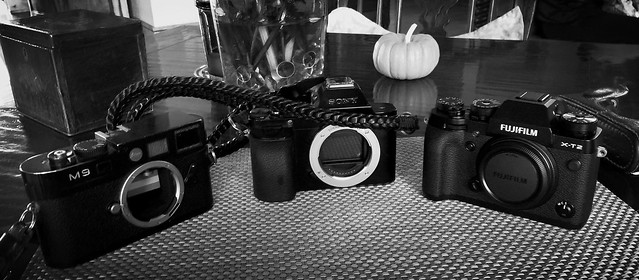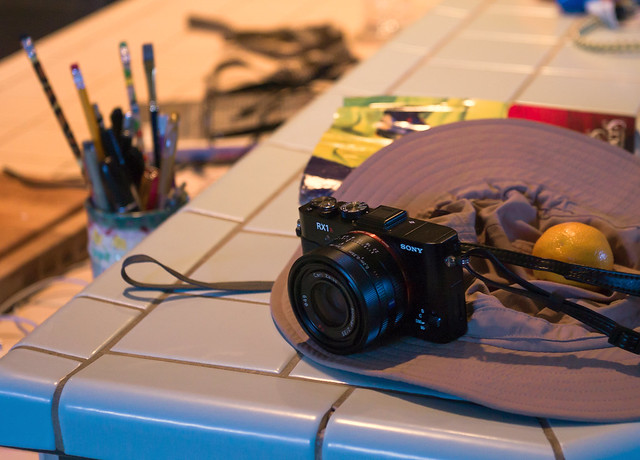The other obvious point is that those who print pictures, and so need the resolution, are in a significant minority.
I remember the extra care that was required when shooting to get from 12Mpx to 24Mpx, less than a decade ago. A 36+Mpx camera really needs a tripod, unless you also have IBIS or OIS (and the latter leads to lower image quality any way) and processing larger than 24Mpx files on the road is impractical, if running the laptop on battery.
For street / walkabout, the SL is ideal as it provides a choice between the heavier flexible lenses with AF, or the light M lenses. In both cases they provide great image quality, particularly considering the weight. Being able to use Voigtlander and Zeiss lenses also helps. I am not sure that the primes for the SL are going to help me if they are going to be heavy, although the Summicrons are supposed to have even better image quality.
For me a bit more dynamic range, and better low light performance would be more valuable than more Mpx.
I remember the extra care that was required when shooting to get from 12Mpx to 24Mpx, less than a decade ago. A 36+Mpx camera really needs a tripod, unless you also have IBIS or OIS (and the latter leads to lower image quality any way) and processing larger than 24Mpx files on the road is impractical, if running the laptop on battery.
For street / walkabout, the SL is ideal as it provides a choice between the heavier flexible lenses with AF, or the light M lenses. In both cases they provide great image quality, particularly considering the weight. Being able to use Voigtlander and Zeiss lenses also helps. I am not sure that the primes for the SL are going to help me if they are going to be heavy, although the Summicrons are supposed to have even better image quality.
For me a bit more dynamic range, and better low light performance would be more valuable than more Mpx.






